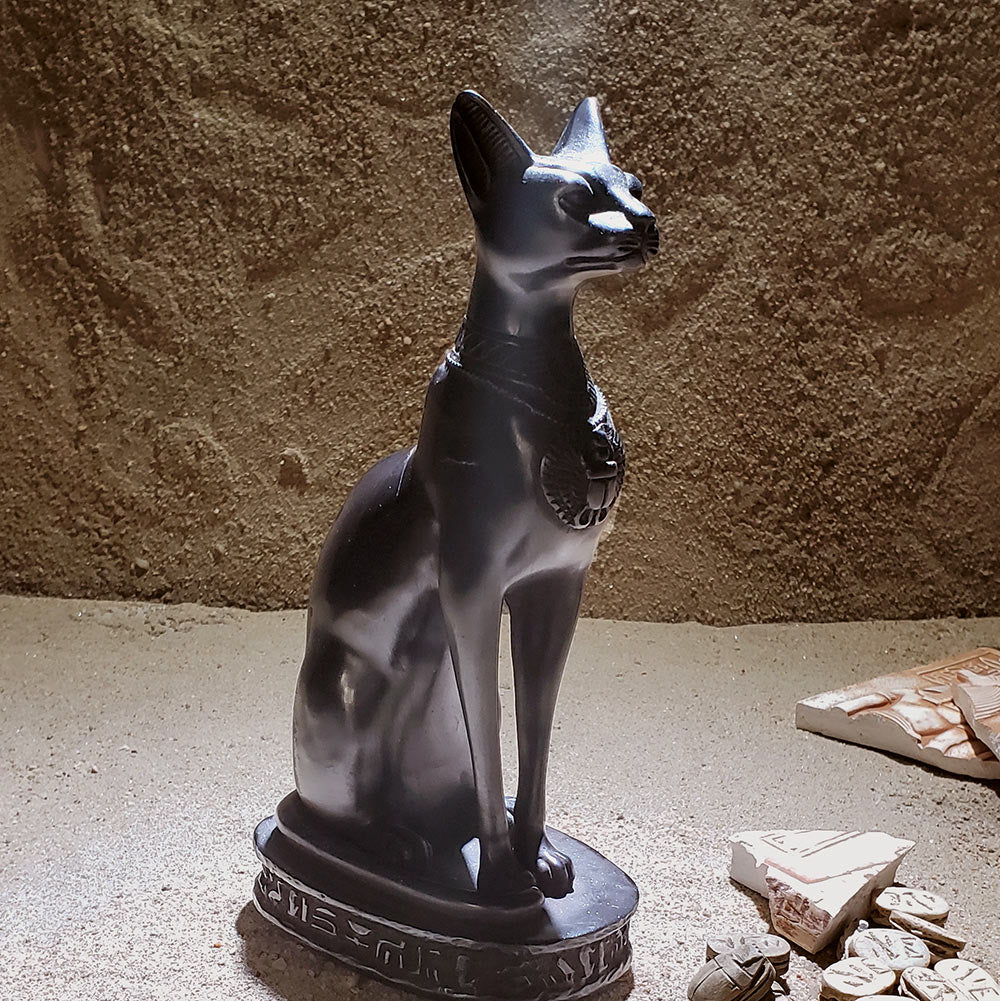The Starry Night Sky in Ancient Egyptian Tombs and Temples
Ma’at: The Heart of Ancient Egyptian Order and Balance
Cobras in Ancient Egypt: Symbols of Power and Protection
Exploring the Ramesseum - Ramses II's Majestic Mortuary Temple
Tutankhamun’s Treasurer: Unearthing the Tomb of Maya at Saqqara
Tomb of Rekhmire: A Glimpse into the Life and Legacy of an Ancient Egyptian Vizier
Horus and Ra: Symbols of Kingship and Creation















